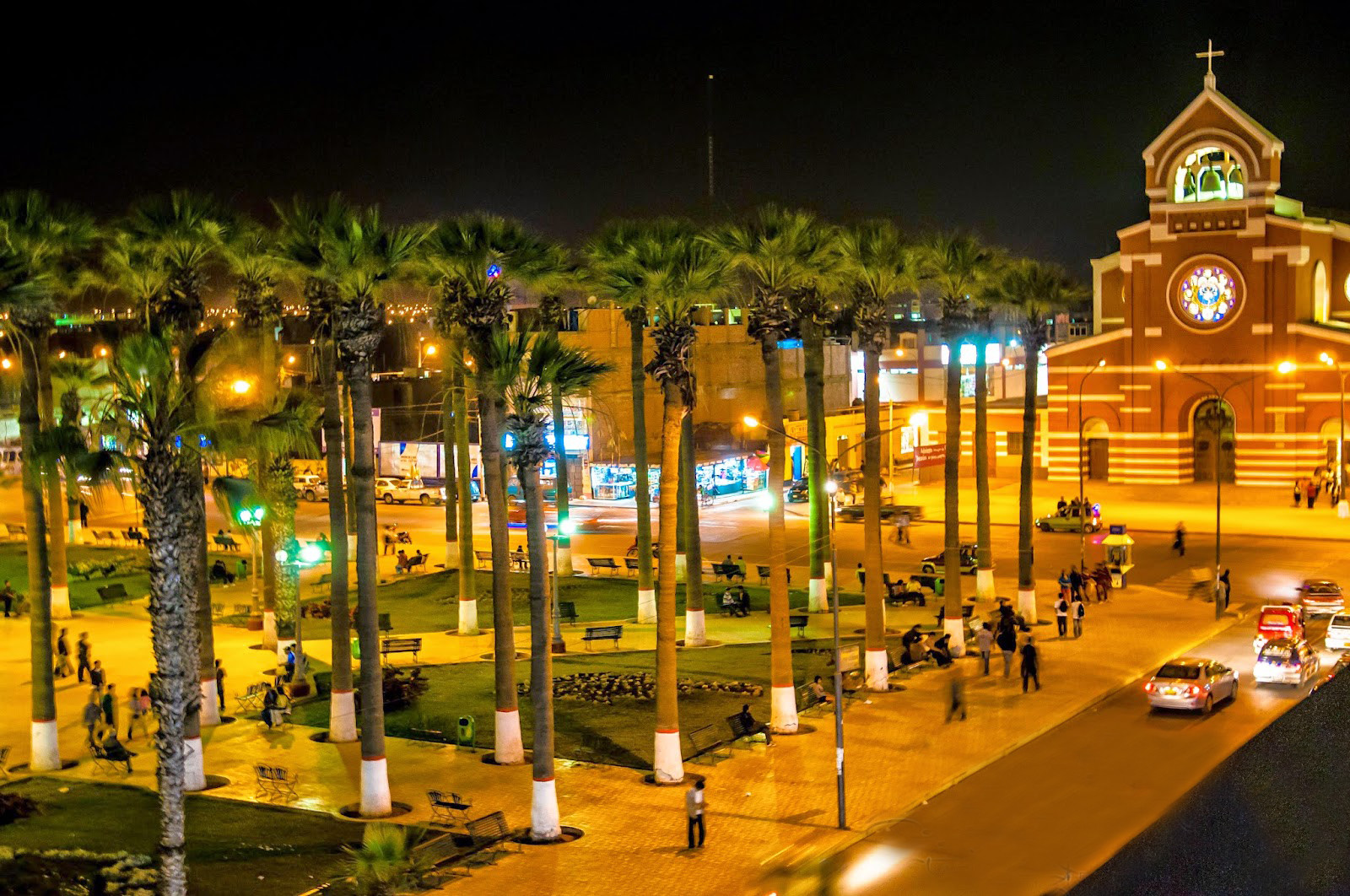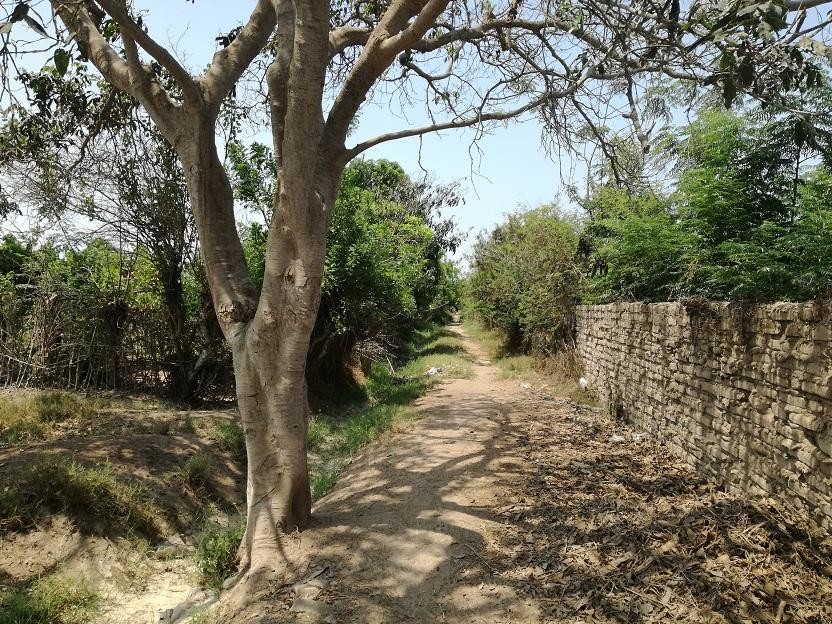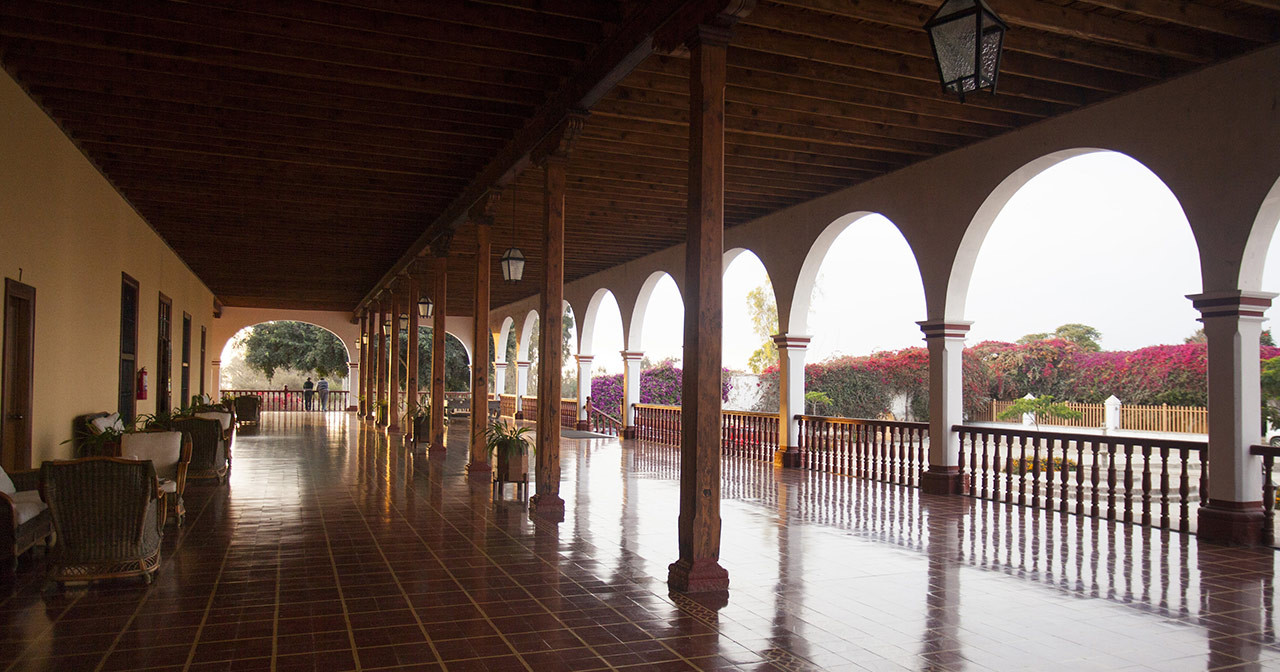A city of colour: Chincha
Good morning to each and every one of you, I hope you are well during these summer days. This post is going to tell you about the joy of the people of this area as well as a million reasons to come to visit, like its cheerful surroundings, it’s delicious food with the soup being the star of the show and many other interesting points in its bustling centre. And in their quiet land of farms that hold many secrets are people with huge hearts able to demonstrate more of the culture to its inhabitants.
Chincha: a vibrant city
In this post we will travel to the south of Lima and north of the city of Ica, a lively city by the sound of the Peruvian ravine, where music and fun are part of its territory. By no means is it quiet, because in its confines is the capital of the Afro-Peruvian culture of Peru, a city where tasty dishes are found and is also a favourite land for the creation of wines, cachina and pisco. Fruits such as grape, mango, peach and plum among others grow in their fertile valleys where wine cellars are also found, where people celebrate the harvest of the grape at the traditional wine harvest.

I am going to tell you about the things you should know when you come to the capital of the Afro-Peruvian culture of Peru, known as Chincha. If you’re already in the city of Lima you need to take the Panamericana Sur, and in just three hours, you’ll arrive in this beautiful place, where Melchorita was born.
Getting to Chincha
Around 200 kilometres south of Lima, you will find Chincha, one of the cities with the most joys of southern Peru. It is known for being the birthplace of different footballers who have made history, as well as the huge plaza where you can see its historic palm trees that have survived through time.
The bus stop that arrives in Chincha is very close to the plaza, from here you can already feel the atmosphere of the city and will find vendors of traditional products of Chincha at the market close by. You can make the most of tasting the typical sweets sold along the streets, such as the sweetened black bean desert as well as various meals that are full of flavour and fun, just like the people of Chincha.

The creation of Chincha
The city of Chincha was founded in 1571. In the first years of its creation, it was just a small valley, however, due to the land prone to agriculture, little by little it began to develop. This is how ranches were created where later African slaves started to work, with it also began the miscegenation of what is now known as Afro-Peruvian culture.
Chincha is a city that has been able to rise little by little since in 2007, this city together with the rest of the south of Ica, was shaken by a terrible earthquake that claimed the lives of many people. Today the city has overcome that terrible time and receives different visitors every day to explore its colonial past and to enjoy its rich cuisine, such as the delicious “dry soup”.
Movement of the City

The city centre moves like a dance, it is quite chaotic, here you’ll find a lot of motorcycle taxis that sound their horn continually every second. But you can also find first class service in different parts of the city. Chincha has a famous phrase that is known in many parts of Peru, “Vamo pa Chincha familia”
Eating in Chincha is a unique experience with no need to spend a lot. There is the market full of traditional products, along with restaurants selling generous servings of their speciality “chicharrones”, which is fried pork belly. Everyone leaves here feeling satisfied!
Calendar of the city
- January
- 6th: nacimiento de Melchora Saravia Tasayco - The birth of Melchora Saravia Tasayco.
- 29th: festival de la pachamanca Pueblo Nuevo. - Festival of Pachamanca Pueblo nuevo
- February
- 1st: Día del pisco sour - Pisco sour day. Third week: verano negro/ chincha carnaval negro - “Black summer”/ “Black Chincha carnival”
- March
- Second Week: festival vendimia de Sunampe - Sunampe vintage festival
- April
- Week from 9th to 15th: homenaje al señor crucificado- Homage to the crucified Lord
- May
- 11th: día de la dignidad Chinchana por defensa de limites - Day of Chinchana dignity for defence of limits
- June
- 8th: día integración cultural regional homenaje a Maria Reiche - Regional cultural day tribute to Maria Reiche
- 29th: festividades día del pescador/ las festividades de San Pedro y San Pablo – Festivities of the fishermen/ festivites of San pedro and San Pablo
- July
- 25th: festividad de cachina y pisco - Festivity of cachina and pisco
- 28th: fiestas patrias en todo el Perú - National holiday all over Peru
- August
- Second week: fiestas religiosas de la virgen de la natividad en San juan de Yanac - Religious celebrations of the Virgin of the Nativity in San Juan
- September
- 23rd: día de la juventud - Day of youth
- October
- Second week: festividades del señor crucificado - Festivities of the crucified Lord
- 30th: aniversario de creación política de chincha y semana turística - Anniversary of political creation of Chincha and tourist week
- November
- 1st: día de todos los santos - Saints day
- December
- 5th: festividad de atajos de negritos – Festivital in El Carmen
- 6th: festividad de Melchorita Saravia - Melchorita Saravia festival
- 16th: festividad virgen del Carmen - Festival of the virgin of carmen
- 30th: festividad virgen de topara - Festival of the virgin of topara
The land of wines and pisco
The wine in Chincha is a special blend. The district of Sunampe is known for its huge number of wine cellars and production of wines and Pisco. There are so many grapes in Chincha able to make huge amounts of wine and piscos. The “drink of the Gods” is made in craft and industrial warehouses, which have won awards for their good quality products.
The Beaches of Chincha
Chincha is located right on the coast, while you are here in the “land of the wild waves” you must visit the beaches. Among many, Chincha has two main beaches; Chinchaycamac and Totoritas.
Archeology
An unknown place of Chincha is a mountain range called Laran. Here you can find an area of petroglyphs such as the Hauncor area and look at the images that show the animals that once lived in this part of the valley as well as anthropomorphic figures, you can find a lot of images that are scattered throughout this area.
Near to this, you can visit Alto Laran where there used to be a sugarcane and cotton ranch, but now the space looks empty, but it is still in need of generating value. Perhaps, when you come to Chincha, you can visit the San José ranch, which today is contemporary, but it once was very different.
In the countryside of Laran, you can find the large crops used for products as well as chickens being raised in great quantities. Although Laran is a poor area, it beholds the best agroindustry companies of Peru.
“Tambo de Mora” – a surviving archaeological site
One of the piers of Chincha is known as the area of “Tambo de Mora” where some parts are facing the sea. It is also part of history as it is here where the black slaves would arrive who would then go all over the Chinchano and Peruvian territory.
More about archaeology in Chincha…
In the same part of Chincha is an archaeological centre known as the temple of “La Centinela” that was the capital of the Chincha culture. As well as receiving a guided tour of the ruins, you can visit the small museum. The people of Chincha were great navigators of ancient Peru, it is said they used to exchange trade in shells of special value.
El Carmen and its food
The district of El Carmen is where you can find the direct descendants of Afro-Peruvian culture. The huge plaza is surrounded by the tall historic palm trees, a favourite place for lovers of party music. Near to all this, is the Guayabo farmhouse, here you can enjoy the delicious dishes of El Carmen, in the country restaurant “Mamainé” you can try the tasty sopaseca in a traditional clay pot, made through firewood, which gives it a special taste. You can really notice the difference between cooking with a natural fire to cooking with the gas stove!
In the plaza of El carmen are different people from the area who offer the traditional dance of Chincha, which is a traditional festivity. The dancers are happy to show you this traditional routine, as long as they receive a tip from those watching! It’s quite the experience to watch the movement that excites Chincha and today is a dance that is taught in many schools in Peru for school performances as it is a dance to celebrate and for people to enjoy.
If you go to El Carmen you can also visit the traditional ranch of San José where there is a small chapel and a museum that explains the history of the arrival of the black people in Chincha and how they worked and lived at the ranch. Now, the ranch is a lodging place, but you can still see where the black slaves once lived. There is also passages under the building known as the “catacombs” where using a candle for light, you can take a guided tour and learn the history these dark passages carry.

Grocio Prado and the Melchorita
Four kilometres away from the centre of Chincha is the district of Grocio Prado. Here, you’ll find the popular Peruvian drink “cachina” and many products made from a plant called totora. Basketry has become an important business for the development of tourism in Chincha, there are many places to buy hand-made products in this area.
That’s all you should know…
And so dear readers, you now know Chincha is a fun area to visit for a weekend and to taste its delicious cuisine that is blessed by the hands that have made Chincha a destination for all pleasures.
Thank you very much for reading this post! I hope it has been useful for when you decide to visit Chincha, knowing this destination is almost always sunny and you’ll be able to leave with life long memories to share with family and friends. Don’t forget, in summer, many parties are held like the grape harvest and the traditional black summer.
A million thanks again, I hope we’ve been helpful, I wish you a wonderful day as always, see you later!
Photo gallery
Content available in other languages
Want to have your own Erasmus blog?
If you are experiencing living abroad, you're an avid traveller or want to promote the city where you live... create your own blog and share your adventures!
I want to create my Erasmus blog! →







Comments (0 comments)